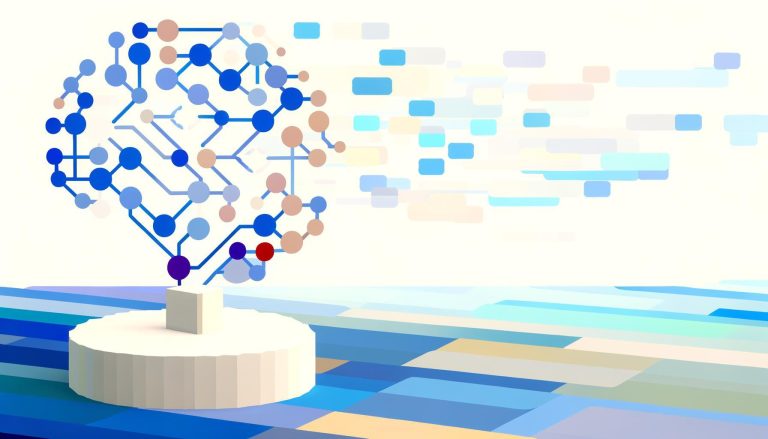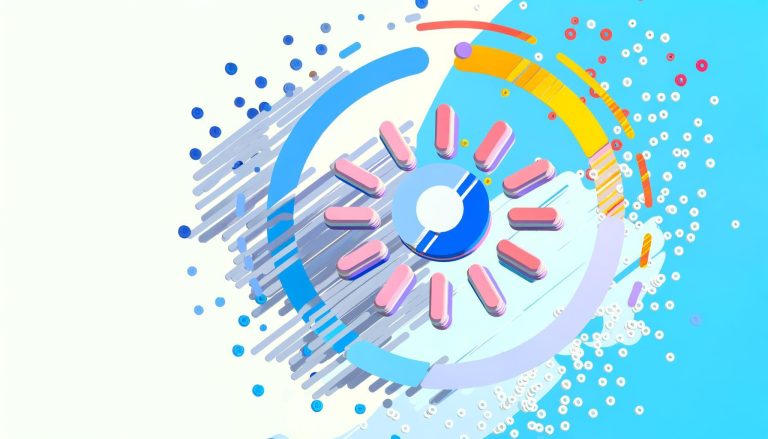Orthorexia Nervosa, a lesser-known eating disorder characterized by an unhealthy obsession with healthy eating, poses a unique challenge in the realm of mental health and nutrition. Though rooted in the desire to eat healthily, it can lead to severe nutritional deficiencies, social isolation, and a disordered relationship with food. As technology advances, Artificial Intelligence (AI) is emerging as a powerful tool to better understand and treat this complex condition. This article explores the role of AI in addressing Orthorexia Nervosa, highlighting its potential, benefits, and practical applications.
Introduction to Orthorexia Nervosa
Orthorexia Nervosa, a term coined by Dr. Steven Bratman in 1997, refers to an eating disorder where an individual becomes excessively preoccupied with eating foods they deem healthy. Unlike other eating disorders that focus on the quantity of food, orthorexia is concerned with the quality and purity of food. This obsession can lead to significant physical, emotional, and social consequences.
Common symptoms of Orthorexia Nervosa include:
- A rigid and restrictive diet.
- Feelings of guilt or anxiety when deviating from their dietary rules.
- Obsession with food quality rather than its impact on overall health.
- Social isolation due to food-related restrictions.
- Malnutrition or nutritional deficiencies.
Understanding and treating orthorexia requires a multidisciplinary approach, and this is where AI can be a game-changer.
The Potential of AI in Diagnosing Orthorexia Nervosa
Advanced Data Analysis
AI can analyze vast amounts of data more quickly and accurately than traditional methods. By examining patterns in eating behaviors, nutrition intake, and mental health indicators, AI algorithms can identify individuals at risk of orthorexia. This enables early intervention, which is crucial for preventing the disorder from progressing.
Personalized Screening Tools
AI-powered tools can create personalized screening questionnaires that adapt based on responses, ensuring a more tailored and accurate assessment of orthorexia symptoms. These tools can be integrated into health apps and platforms, making them accessible to a wide audience.
Sentiment Analysis
Through natural language processing, AI can analyze text from social media posts, blogs, and online communities to detect orthorexic tendencies. By monitoring language patterns that indicate food preoccupation and anxiety, researchers can gain insights into the prevalence and triggers of orthorexia in various populations.
AI in Treating Orthorexia Nervosa
Personalized Treatment Plans
One of the most promising applications of AI in treating orthorexia is the creation of personalized treatment plans. By analyzing an individual’s specific symptoms, dietary habits, and mental health status, AI can recommend tailored interventions. These plans can include:
- Nutrition guidelines designed to address deficiencies while respecting the individual’s dietary restrictions.
- Psychotherapy approaches, such as Cognitive Behavioral Therapy (CBT), targeted at modifying unhealthy thought patterns related to food.
- Mindfulness and stress-reduction techniques to help manage anxiety around eating.
Virtual Therapists
AI-driven virtual therapists can provide real-time support and guidance to individuals struggling with orthorexia. These virtual assistants can engage in conversations, offer coping strategies, and monitor progress. The constant availability of virtual therapists ensures that individuals can access support whenever they need it.
Monitoring and Feedback
Wearable devices and health apps equipped with AI can monitor physiological data, such as heart rate and sleep patterns, to assess stress and overall well-being. These insights can help adjust treatment plans in real-time, ensuring that interventions remain effective and aligned with the individual’s current state.
Therapeutic Chatbots
AI-powered chatbots can facilitate therapy sessions, providing cognitive-behavioral therapy (CBT) techniques to individuals with orthorexia. These chatbots can help users challenge unhealthy beliefs about food, reduce anxiety, and encourage healthier eating patterns through structured conversations and exercises.
Challenges and Ethical Considerations
Data Privacy
The use of AI in diagnosing and treating orthorexia raises important questions about data privacy. Ensuring that personal health information is securely stored and only accessible to authorized personnel is paramount. Implementing stringent data protection measures is essential to maintain trust and confidentiality.
Bias and Fairness
AI algorithms can inadvertently reflect biases present in the training data. To ensure equitable treatment, it is crucial to use diverse and representative data sets. Continuous monitoring and adjustment of algorithms can help mitigate biases and provide fair assessments and recommendations.
Human Oversight
While AI can provide valuable insights and support, human oversight remains essential. Healthcare professionals should work alongside AI systems to interpret data, make clinical decisions, and provide empathetic care. The human touch is crucial in building trust and rapport with individuals affected by orthorexia.
Benefits and Practical Tips for Utilizing AI in Orthorexia Treatment
Improving Accessibility
AI-powered tools make assessment and treatment more accessible, especially for individuals in remote areas or those who may be hesitant to seek in-person therapy. Mobile apps, virtual therapists, and online support groups can provide much-needed help to those suffering from orthorexia.
Pioneering Early Intervention
Early detection is crucial for successful treatment. AI’s ability to analyze data quickly and accurately enables healthcare providers to identify at-risk individuals more effectively. This early intervention can prevent the development of severe symptoms and improve treatment outcomes.
Enhancing Patient Engagement
Interactive AI tools, such as virtual therapists and chatbots, can engage individuals in their treatment journey. These tools provide personalized feedback, track progress, and adjust interventions based on real-time data, making the treatment process more dynamic and responsive.
Encouraging Mindful Eating
Teaching individuals to practice mindful eating can be highly beneficial. AI applications can guide users through mindfulness exercises, helping them develop a healthier relationship with food. Promoting mindfulness can reduce anxiety and obsessive thoughts about food quality and purity.
Conclusion
AI holds significant promise in understanding and treating Orthorexia Nervosa. By leveraging advanced data analysis, personalized treatment plans, and real-time monitoring, AI can enhance early detection and provide tailored interventions. However, the ethical considerations of data privacy, bias, and human oversight must be carefully managed. As we continue to explore the potential of AI, it is essential to ensure that these technologies complement human care, providing a holistic and compassionate approach to treating orthorexia.
For those interested in tracking their mental health and habits, apps like Zenora offer valuable tools for mood and habit tracking, as well as personalized support through features such as journaling and goal setting. Embracing technology can provide individuals with the support they need to navigate their journey towards recovery.





